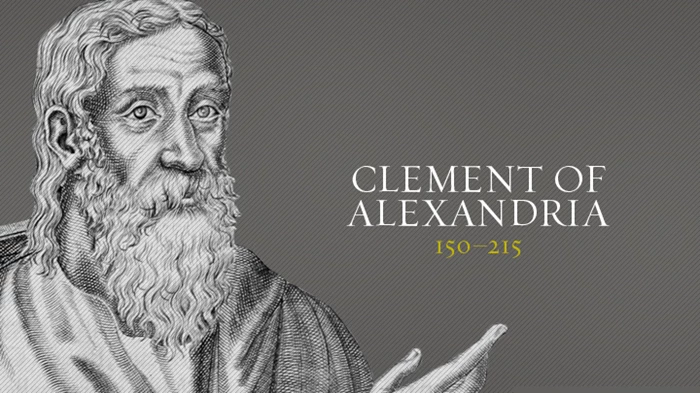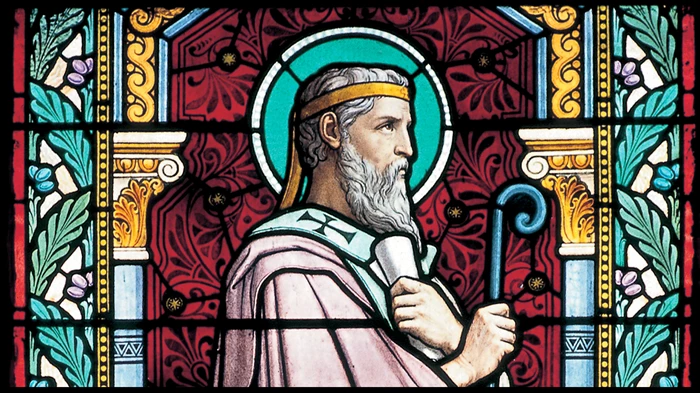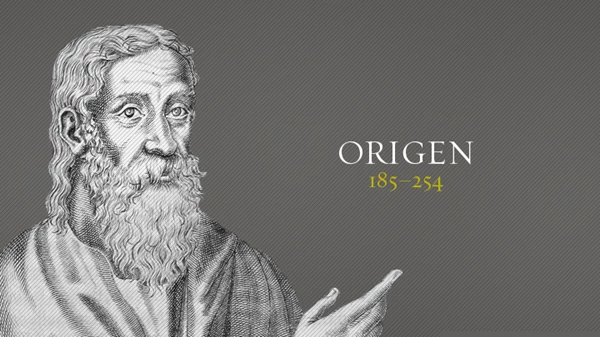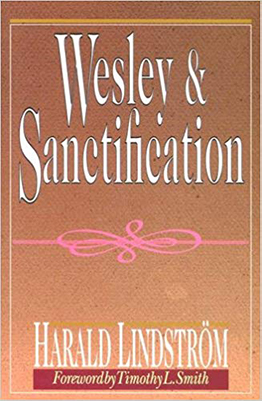Randy L. Maddox’s Responsible Grace is a well-articulated theological text that offers an insightful reading of John Wesley’s theology. Maddox’s methodology initially depends on his understanding of the Eastern characteristic of Wesley’s theology (in a dialogue with Wesley’s historical context), as well the theological nuances which penetrated the course of Wesley’s theological journey over the years. Therefore, Maddox tends to distinguish among three phases in Wesley’s theological thought (early, middle, and mature). Maddox arranges his study in a systematic framework. He begins with an examination of Wesley’s understanding of the knowledge of God (revelation), which also includes a discussion on the Wesleyan quadrilateral. The following chapters offer a reading of the Wesleyan understanding of the doctrine of God, humanity, Christology, pneumatology, soteriology, ecclesiology, and eschatology respectively.
An insightful soteriological discussion is found in the third chapter of the book, in which Maddox explains that Wesley’s understanding of saving grace “resonates strongly with the Eastern notion of uncreated grace.” Maddox’s claim opens trajectories to engaging Wesley’s understanding in the discussion on the Greek Orthodox concept of “divine energies” – a doctrine that differentiates between the “essence of God” and “divine energies/power.” Furthermore, Maddox’s observation that the latter Wesley defended the continuity of the gifts of the Spirit should be discussed in a dialogue with other arguments that depict Wesley as cessationist (e.g. Collins’s argument in The Theology of John Wesley). In the final chapter of his book, Maddox presents an interesting eschatological discussion on Wesley’s millennial belief, in which Maddox explains, on the one hand, how the middle Wesley abandoned the “amillennial” belief, but, on the other hand, Maddox leaves the reader, through various evidence, wondering whether Wesley’s mature position was “postmillennialism” or “premillennialism.” Responsible Grace ends by more than 110 pages of insightful endnotes and a very beneficial comprehensive bibliography including primary and secondary works.









